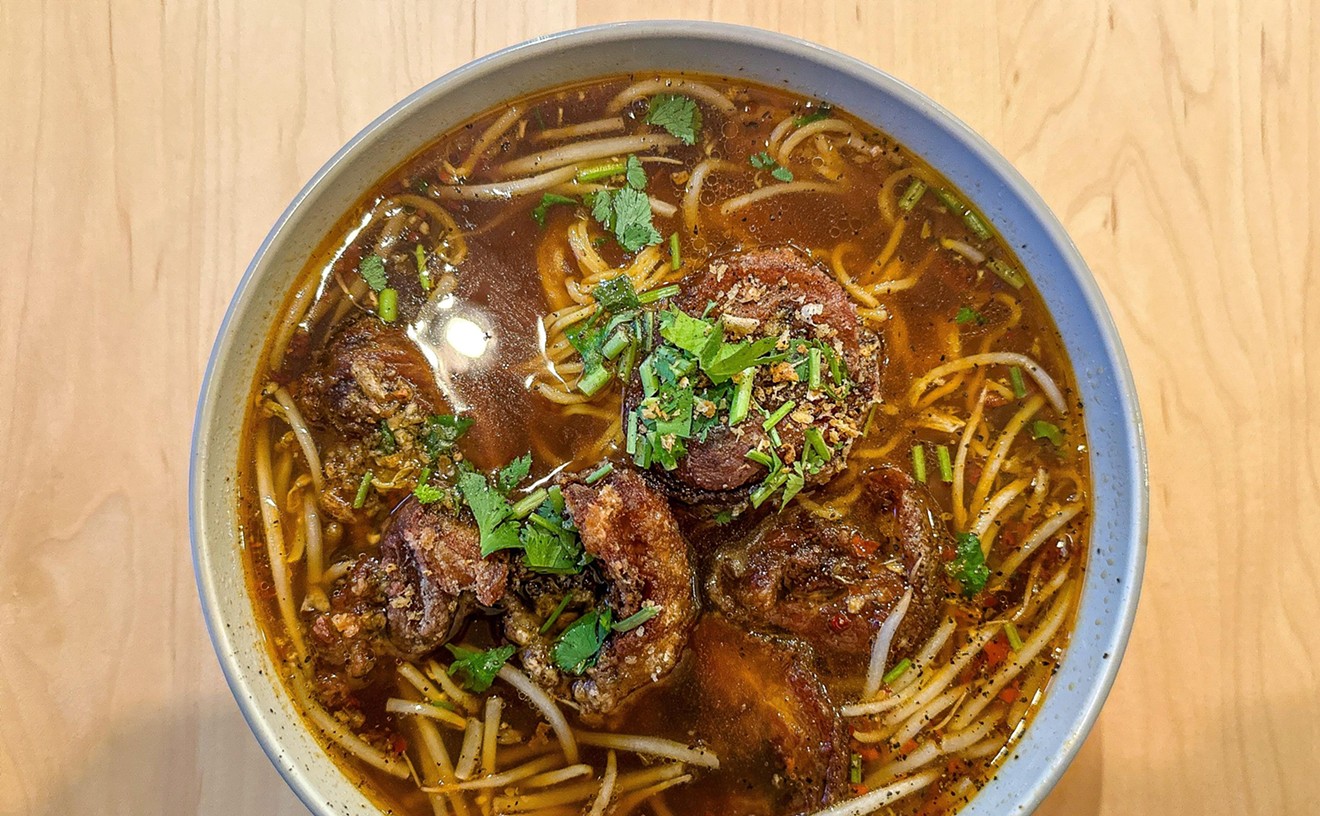An article in Audubon Magazine regarding truth in labeling has me a little flustered. It points out that the labels that pepper our groceries with messages of good tidings and well being are mostly bullshit. It also implies that specific terms such as cruelty free, cage free and environmentally friendly are completely misleading and false. A blog post on Side Dish that points to the Audubon article takes things further, instructing readers who encounter some of these terms to disregard them. This is bad advice.
I share the frustration. While walking through Whole Foods and building a $38 tuna sandwich a few weeks ago, I encountered a lot of labels that were pretty confusing.
Check this out...
While checking out tuna cans I found these herring filets were sustainably harvested from the clear, cold waters of the Gulf of Maine. This statement is likely marketing and not validated by an independent third party.
Then in the frozen section I found this responsibly sourced fried cod. It's not clear if this cod came from clear, cold water or a murky industrial mud pit, but at least I know it's responsibly sourced. Right?
Next I checked out the dairy case. Look how happy that farmer-owned cow is! He cuddles with humans before he's turned into veal chops. I bet he tastes delicious.
In the meat counter, I found some ground beef. This package has almost enough fat for a perfect burger. It was also raised in accordance with animal welfare level number one: no cages, no crates, no crowding.
This chicken is peppered with catch phrases like no antibiotics ever and barn roaming.
The same package of chicken was animal welfare rated level two: enriched environment.
These sirloin steaks are animal welfare rated level four: animal centered.
I took a lot more pictures while I shopped, but many of them came out too blurry to use. But looking for labels and language that spoke to the well being of the animals I could potentially eat was illuminating. Nearly every single product had some claim about sustainability, organics or animal welfare. Others spoke of pristine environments and responsibility. But just because labeling requirements are murky, doesn't mean we should completely disregard them.
The Humane Society of the United States is doing a lot or work in this area. They maintain definitions for commonly used labels and the rules about the use of those labels on their website. And while working with other organizations that share their concerns, they've talked many farming organizations and the restaurants who buy their products into taking steps to improve the conditions in which our food is raised.
Disregarding labels completely discounts that work and ignores progress to come. Just last week the HSUS announced the Egg Products Inspection Act Amendments bill, which was introduced in the Senate. If that bill passes, egg-laying chickens will get twice the square footage they currently have. And those green and orange stickers that denote animal welfare ratings are making it easier for customers to make informed decisions.
Comparing free-range with cage-free can be very confusing. Understanding that four is better than one on a progressive scale of animal welfare is pretty straight forward. Hopefully more grocery stores will adapt similar, simple labeling systems, that are verified by third parties.
Nobody wants to feel duped when marketing materials persuade them their chickens are dancing in fields of insects and clover, when they're really roosting in their own shit. But disregarding the whole labeling process is a mistake. Conditions for some animals have grown significantly better, and these labels should continue to be evaluated, refined and regulated.










